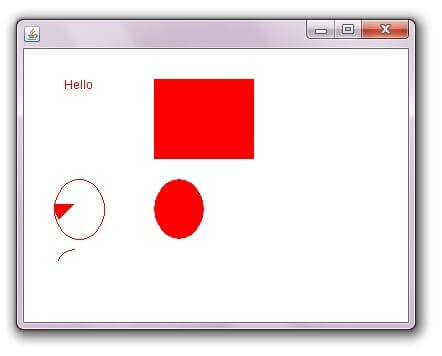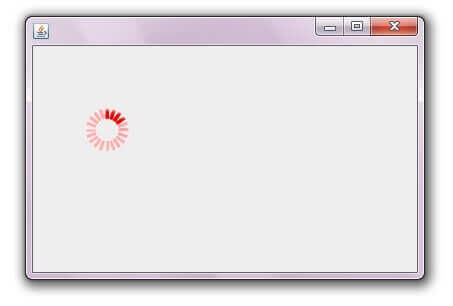The C++ standard libraries provide an extensive set of input/output capabilities which we will see in subsequent chapters. This chapter will discuss very basic and most common I/O operations required for C++ programming. C++ I/O occurs in streams, which are sequences of bytes. If bytes flow from a device like a keyboard, a disk drive, or a network connection etc. to main memory, this is called input operation and if bytes flow from main memory to a device like a display screen, a printer, a disk drive, or a network connection, etc., this is called output operation . Standard Input and Output in C++ is done through the use of streams . Streams are generic places to send or receive data. In C++, I/O is done through classes and objects defined in the header file <iostream> . iostream stands for standard input-output stream. This header file contains definitions to objects like cin , cout , etc. /O Library Header Files There are...


Comments
Post a Comment